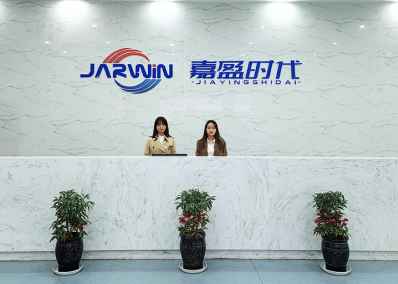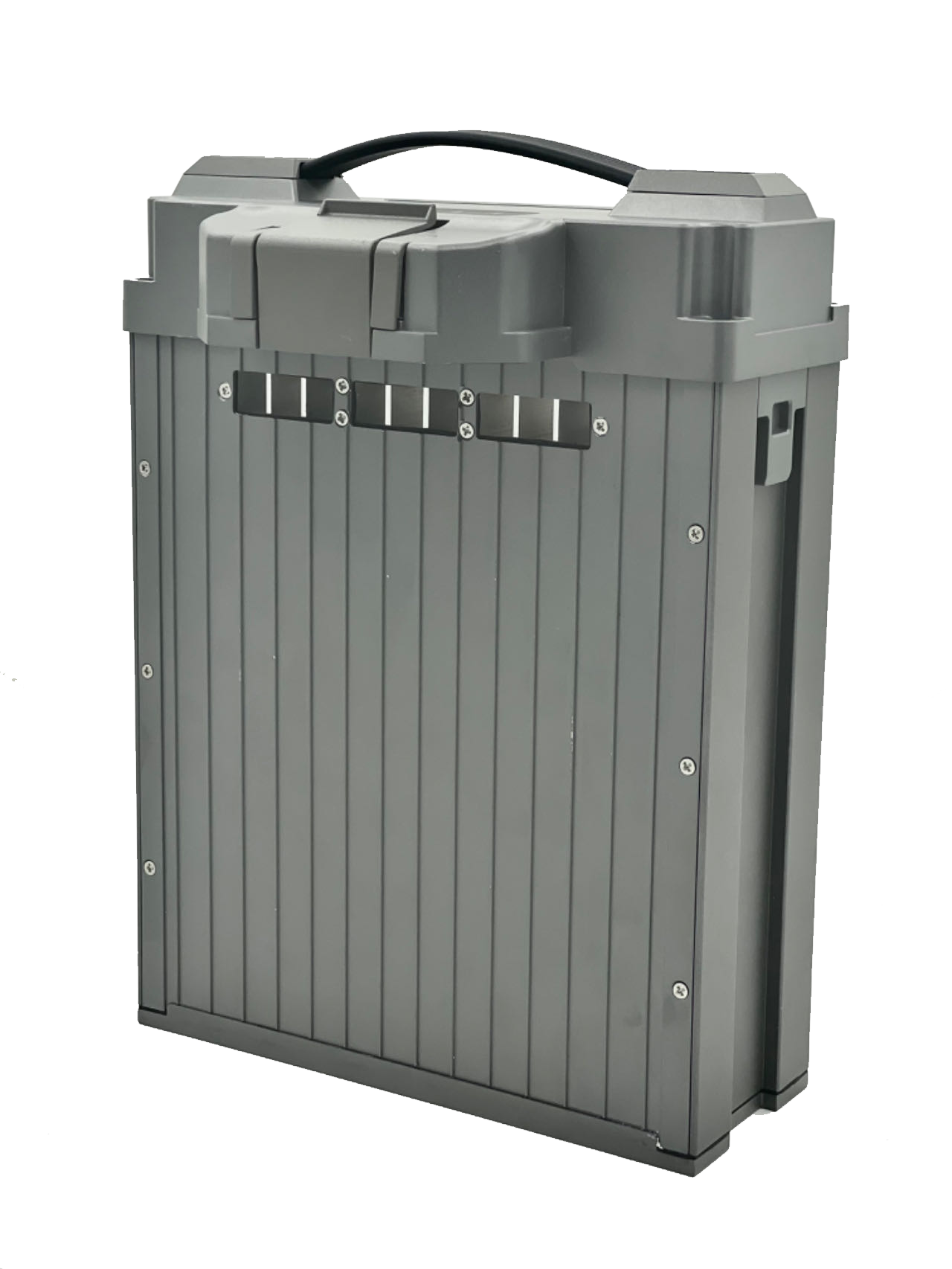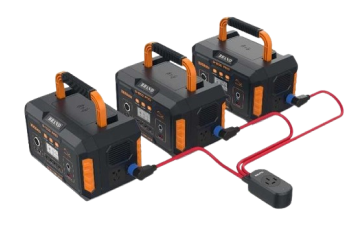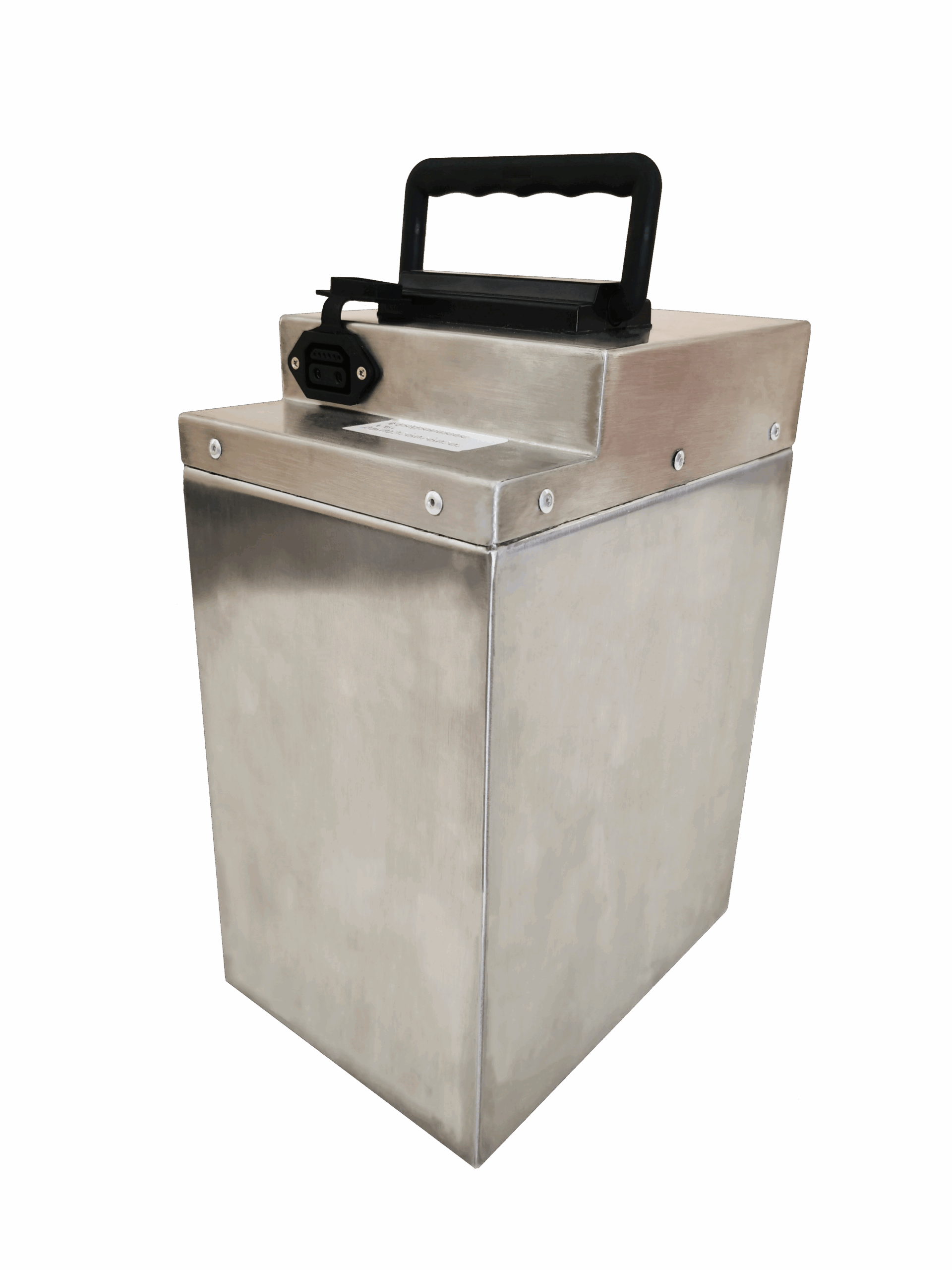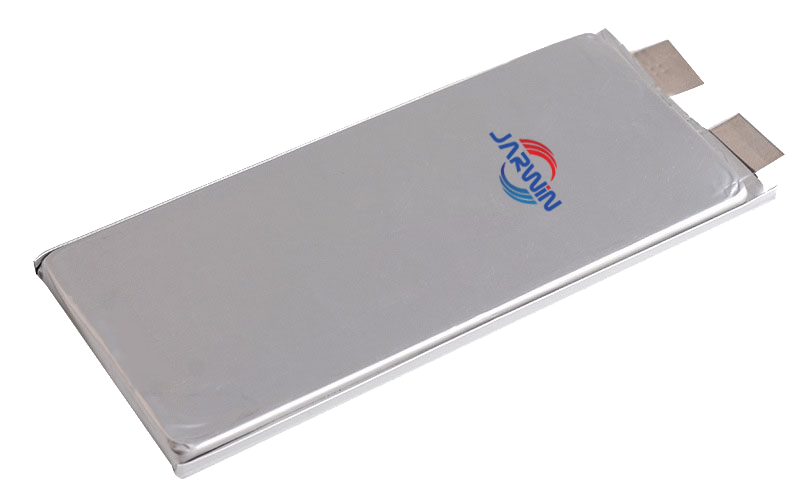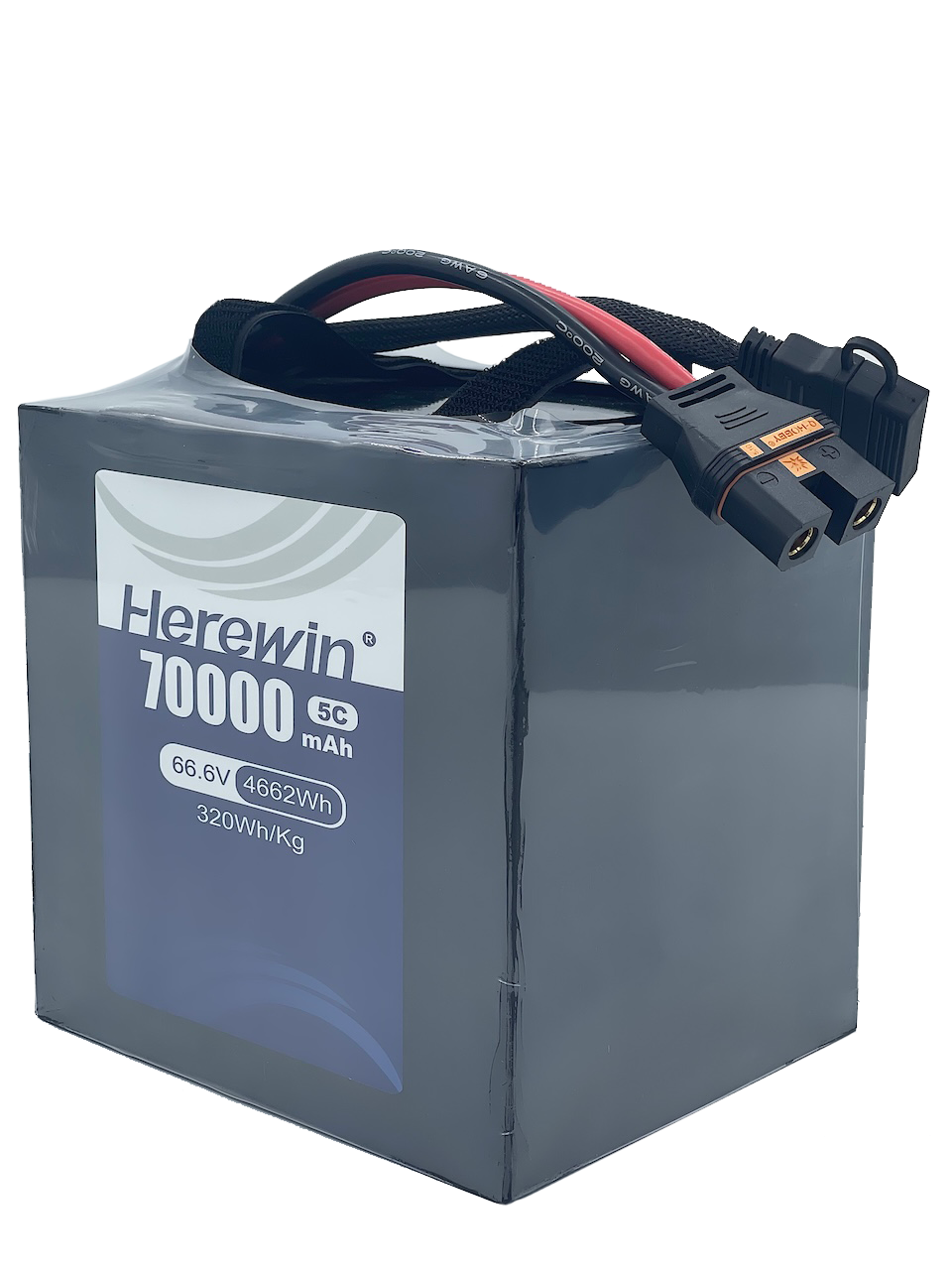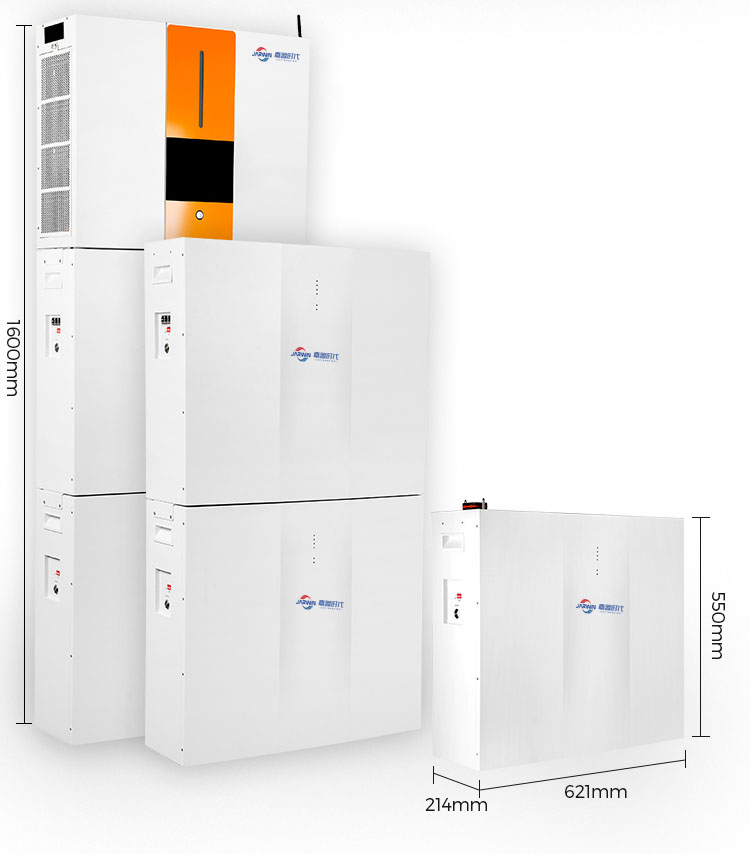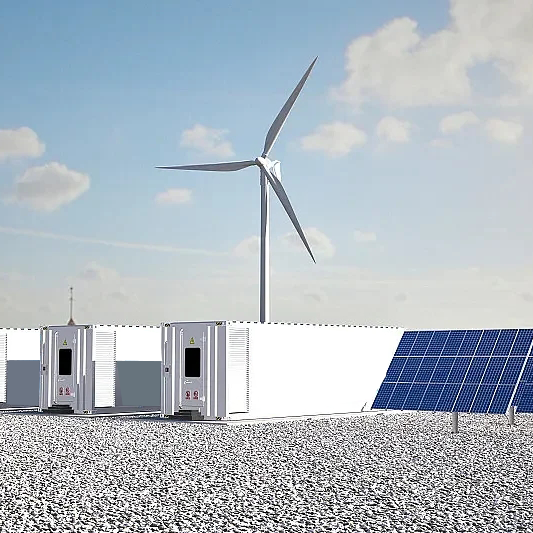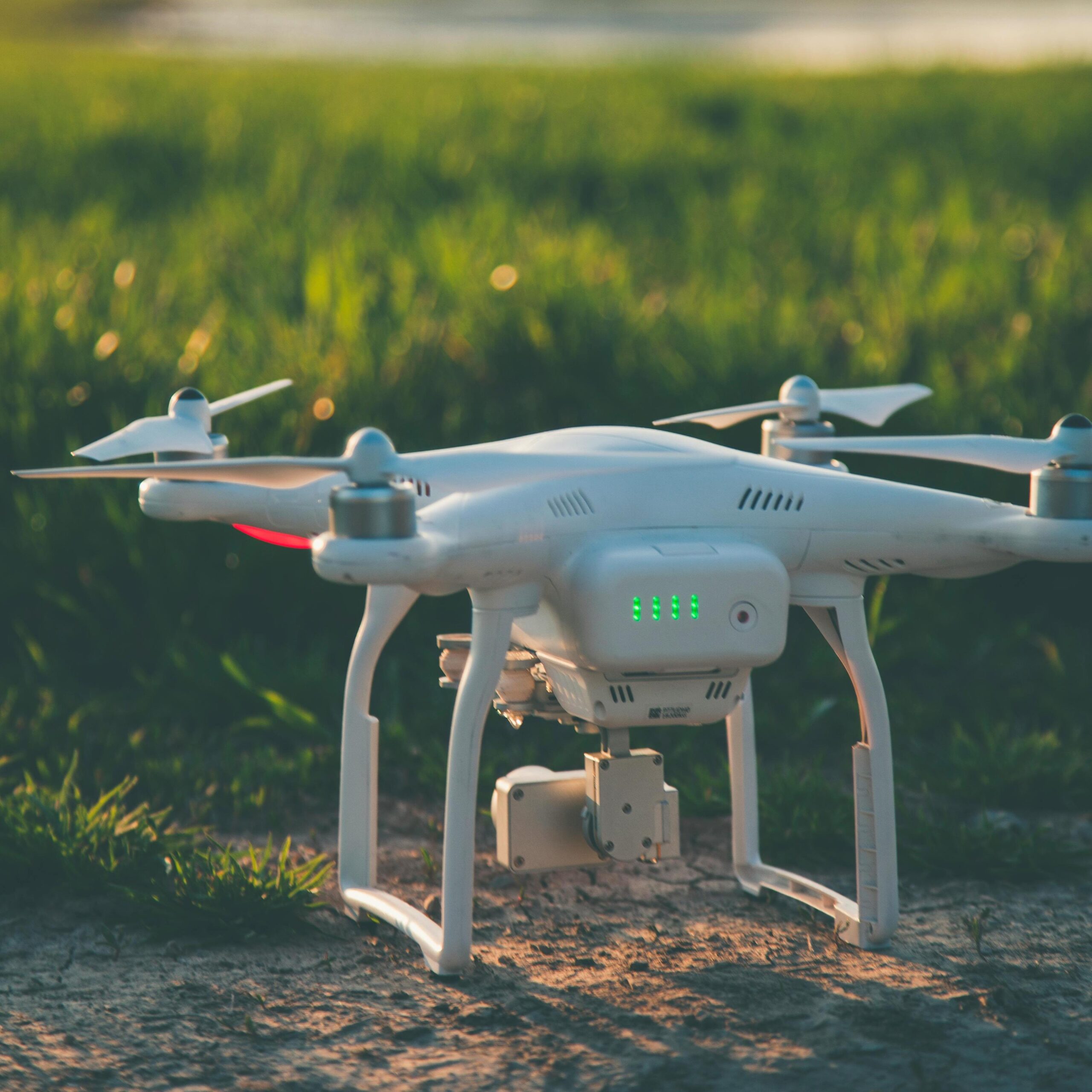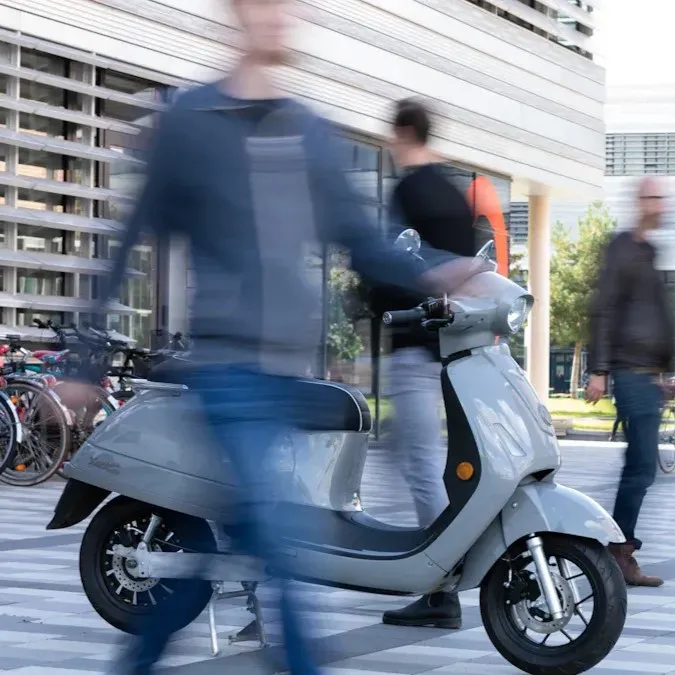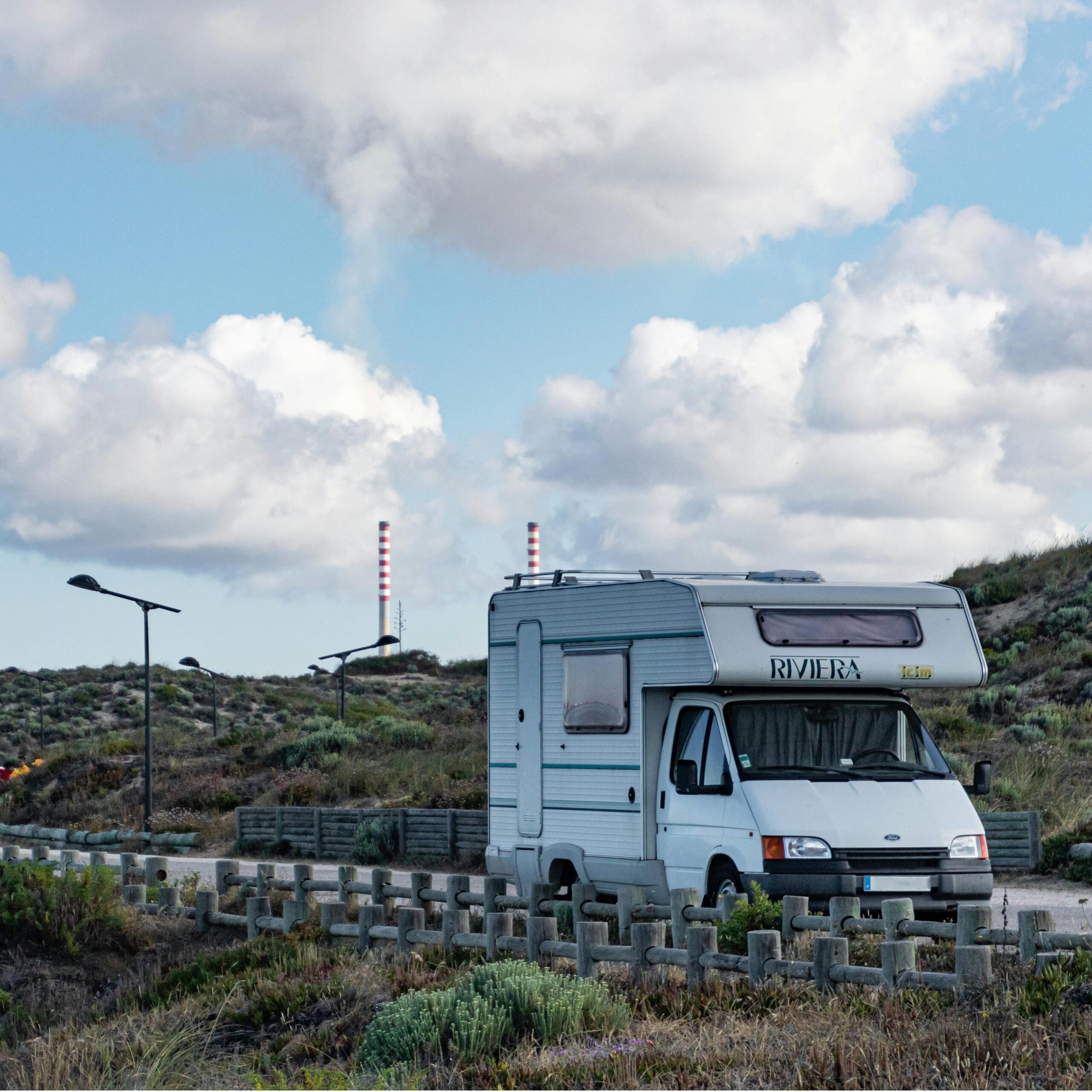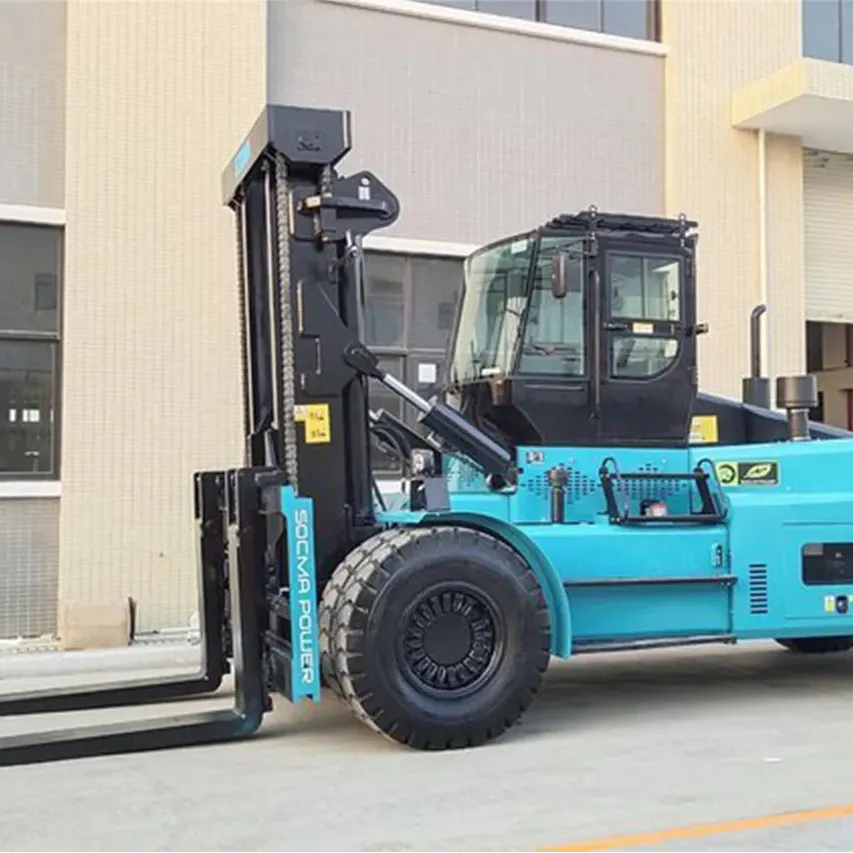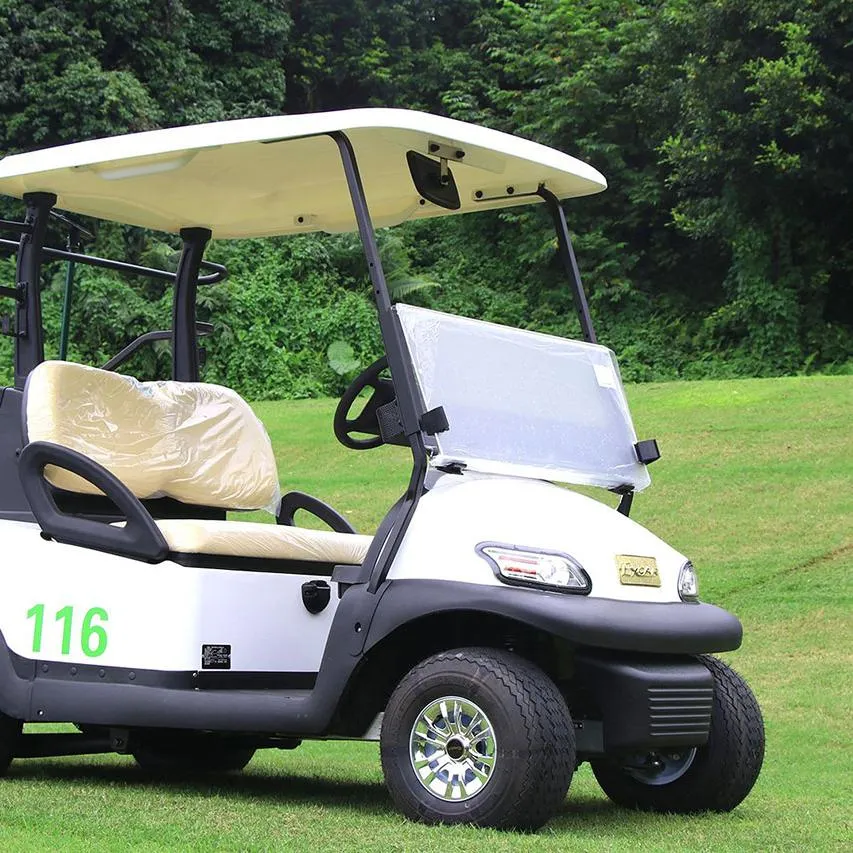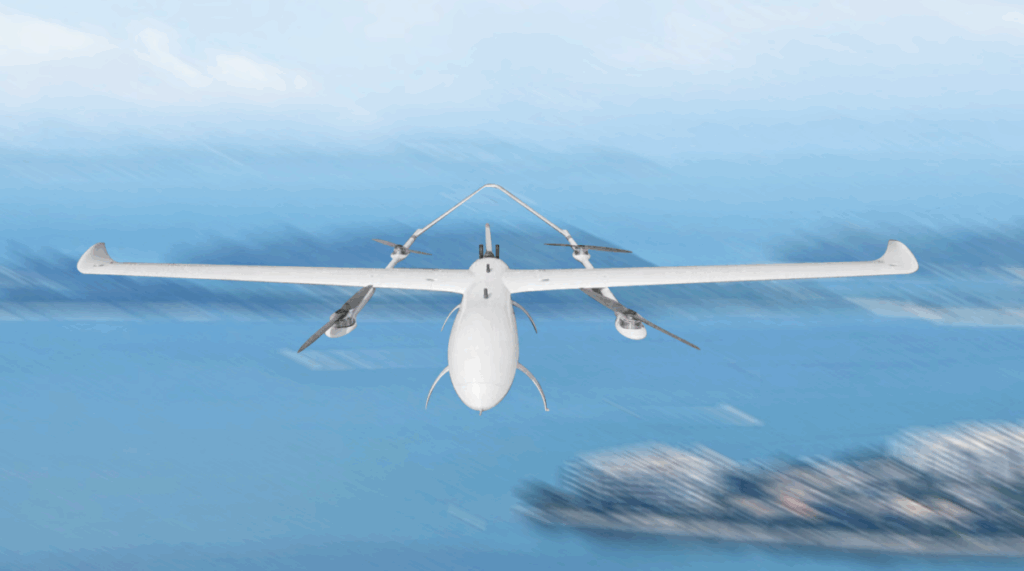
As drones carve graceful trajectories across the sky, a fierce battle rages behind the scenes—one fought not in the air, but within the power source itself. Pouch cells dan cylindrical cells stand as the two titans in drone battery technology, locked in a high-stakes contest of safety, endurance, and performance.
Yet in this multi-dimensional showdown, pouch cells—enhanced with semi-solid-state technology and advanced aluminum-laminate film—are rapidly seizing the lead. Offering superior energy density, customizable form factors, and enhanced safety features, they are redefining the benchmarks of drone battery performance.
As a pioneer in the pouch battery domain, Ini dia. are here to break down this ultimate face-off with cutting-edge insights and proven engineering—revealing why the future of drone energy is being reshaped by innovation born from the flexible, powerful pouch cell.
Hal-hal Penting yang Dapat Dipetik
- Soft pack batteries are safer for drones. They crack instead of exploding in crashes, lowering fire risks.
- Cylindrical batteries are strong but risky. If their metal case breaks, fires or explosions can happen.
- Use soft pack batteries for lightweight drones. They hold more energy in a smaller size, helping drones fly better.
- Always handle and store batteries with care. This keeps them safe and makes them last longer.
- Herewin’s soft pack batteries are safe and work well. They are a good choice for many drone uses.
Safety Features of Soft Pack Batteries
Advantages of Soft Pack Lithium Batteries
Soft pack lithium batteries have many features that make them safer for drones. Their pouch-like design lets the cells expand and shrink during use. This flexibility lowers stress on the battery and reduces damage risks. Instead of hard casings, they use aluminum plastic film, which is less likely to puncture or break. This design also helps stop overheating and leaking, which are common battery problems.
Another big advantage is their high energy density. These batteries hold a lot of energy in a small size, making them great for lightweight drones. They also work well over many charge cycles, giving steady power for drone flights. With good safety and energy storage, soft pack batteries are a reliable choice for drone users.
Safety Features of Cylindrical Batteries
Comparing Safety: Soft Pack vs. Cylindrical Batteries

When it comes to powering drones, the choice between flexible pouch cells and standard cylindrical cells hinges on how well each design meets the unique demands of drone applications:
| Comparison Dimension | Pouch Cell (Aluminum-Laminate Packaging) | Cylindrical Cell (Metal Casing) |
|---|---|---|
| Space Adaptability | Ultra-thin aluminum-laminate film enables custom shapes, improving space utilization by about 35%, perfectly fitting folding wings and micro-drones | Standard cylindrical shape requires reserved fixed space, poor adaptability, often causing wasted space |
| Mechanical Protection | PA layer in aluminum-laminate combined with aramid fiber offers puncture resistance; flexible pressure relief design effectively prevents thermal runaway | Rigid steel or aluminum casing provides strong structure but can deform under pressure, increasing internal short-circuit risk |
| Thermal Management | Aluminum foil microchannel etching combined with flexible thermal films provides 360° multidirectional heat dissipation | Wound structure results in longer heat dissipation paths, relying on external cooling systems and incurring higher thermal management costs |
Comparing performance: Semi-Solid Technology Gives Pouch Cells a Clear Edge
Safety: Eliminating Thermal Runaway at Its Source
- Pouch Semi-Solid Battery: Solid-state electrolyte replaces flammable liquid electrolyte, combined with aluminum-laminate micro pressure relief valves. Thermal runaway trigger temperature exceeds 300°C, reducing explosion risk by over 70% compared to cylindrical cells.
- Cylindrical Battery: Metal casing resists pressure but traps gas buildup internally; CID (current interrupt device) response lags, leading to faster heat spread.
Energy Density: Doubling Flight Time
- Pouch Semi-Solid Battery: Stacked structure with ternary chemistry achieves 320 Wh/kg energy density, extending drone flight time by 30%.
- Cylindrical Battery: Wound structure limits space utilization; energy density typically under 300 Wh/kg, insufficient for long-endurance missions.
Charge/Discharge Performance: Speed and Stability Combined
- Pouch Semi-Solid Battery: Supports high-rate 18C charging/discharging, delivers instant high power for rapid drone acceleration; flexible aluminum-laminate buffering enables over 800 cycles lifespan.
- Cylindrical Battery: Charge/discharge rates limited to 1C–2C; wound electrodes prone to deformation, cycle life around 600 cycles with noticeable performance degradation under frequent use.
Our Ace: The “Dimensionality Reduction Strike” Technology of Pouch Cells

Faced with drones’ demanding requirements for high performance, Herewin centers its innovations on pouch cells integrated with semi-solid-state technology. Tailored for three major chemistries—lithium cobalt oxide, lithium iron phosphate, and ternary systems—Herewin offers comprehensive, all-scenario solutions:
Material Innovation: Precisely Matched to Needs
- High-Voltage Lithium Cobalt Oxide System: Utilizes a 4.4V lithium cobalt oxide cathode combined with semi-solid electrolyte, achieving an energy density of 320 Wh/kg; sandwich-structured composite aluminum-laminate film boosts puncture resistance by 200%.
- Safety-Focused Lithium Iron Phosphate System: Employs thermally stable lithium iron phosphate cathode with gel electrolyte, exceeding 800 charge cycles and suitable for harsh environments.
- Versatile Ternary System: High-nickel ternary cathode delivers 280 Wh/kg energy density; paired with nano-ceramic separators to suppress lithium dendrites, balancing power and lifespan.
Structural Upgrades: Strengthening Performance Boundaries
- Thermal Safety Optimization: Semi-solid electrolyte combined with stacked cell design reduces thermal runaway risk by 70%; carbon fiber reinforced structural components offer 2.3 times the strength of aluminum alloy, adaptable to high-intensity vibrations.
- Durable Design: Laser-welded aluminum-laminate packaging ensures waterproofing, preventing electrolyte leakage and extending service life.
Full-Life-Cycle BMS Protection
The Battery Management System (BMS) monitors material interfaces through high-frequency impedance spectroscopy and predicts thermal runaway 24 hours in advance using infrared thermal imaging. It dynamically adjusts charge/discharge strategies based on different material characteristics to guarantee safety and performance throughout the battery’s lifespan.
Real-World Applications: How Pouch Cells “Crush” Cylindrical Cells
- Consumer-grade Aerial Photography: Pouch cells reduce weight by 20%, enabling 45 minutes of extended flight time with stable power output and smooth 4K video; cylindrical cells’ bulky design limits flight to 30 minutes and suffers from severe heating.
- Industrial Surveying: In 55°C high-temperature mining sites, the high-temperature tolerance of aluminum-laminate pouch cells and semi-solid systems ensure continuous operation; cylindrical cells’ metal casings conduct heat quickly, often triggering overheat protection shutdowns.
- Racing Drones: Pouch cells deliver instantaneous high power at 18C discharge rates, with flexible structures that withstand intense vibrations; cylindrical cells’ rigid form factor is prone to loosening under high-speed flight, impacting performance.
Why Pick Herewin for Drone Batteries?
When the blue sky becomes a battlefield of technology, every drone flight is a challenge to the limits of energy. Herewin’s pouch cells wield material innovation as their sword and intelligent technology as their shield, redefining the boundaries of endurance and safety in the ultimate showdown against cylindrical batteries. From delivering exceptional experiences for consumer drones to meeting the rigorous demands of industrial applications, we prove with technological strength that no flight is impossible—only breakthroughs waiting to happen. Choose Herewin, and let every battery be the confidence behind your drone’s conquest of the skies, opening a new chapter in the energy revolution!
PERTANYAAN YANG SERING DIAJUKAN
Why are soft pack batteries safer for drones?
Soft pack batteries use a flexible plastic film instead of hard cases. This design lowers the chance of explosions during crashes. The film bends or cracks gently, making these batteries safer for drones in tricky situations.
Are cylindrical batteries good for heavy-duty drones?
Cylindrical batteries are strong and resist damage well. They work for heavy-duty drones but are heavier and riskier. Their weight and explosion risk make them less ideal for lightweight drones needing high energy efficiency.
How do lithium-ion batteries handle extreme temperatures?
Lithium-ion batteries work fine in mild temperature changes. But very hot or cold weather can hurt their performance and lifespan. Storing and using them properly keeps them safe and efficient.
Do soft pack batteries last as long as cylindrical ones?
Soft pack batteries last a long time if used correctly. Their flexible design reduces stress during charging, keeping them reliable. Cylindrical batteries also last long but wear out faster under heavy use.
Why pick Herewin for drone batteries?
Herewin makes safe and high-quality soft pack batteries. Their semi-solid-state technology improves reliability for tough conditions. With smart designs and strict testing, Herewin gives steady power for your drone.

